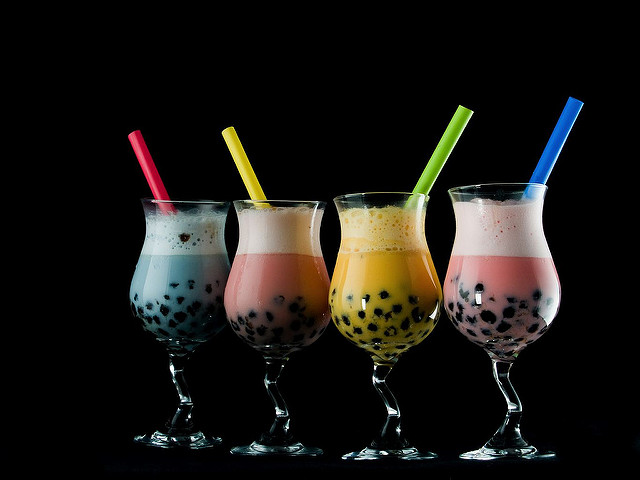When we read the word ‘Tapioca’ on the menu we mostly think about the chewy small pearls found in a pudding or the bigger ones found in bubble teas. But do we know anything more about these little pearls, being called Tapioca?
Tapioca started off in Northern Brazil and is grown in low-nutrient soils and harvest quickly. We know Tapioca floating in our tea or eating it in a bowl, but it can also be made into flour. Tapioca is the starch extracted from the Cassava root, a famous plant in Brazil.
Easy To Make
Tapioca is easy to made and is usually easy to find in the grocery store. It is mostly found in the baking aisle and you can easily recognised it with its pearl shape. In order to make Tapioca, it must be soaked and then boiled with a liquid (coconut milk for instance) to form a gel. You have plenty of different recipes and you should definitely try them! It’s a great dessert when having people over for dinner.
Nutritional Value
Because Tapioca comes from the Cassava root, it is almost 100% carbohydrates. Cassava does not include gluten and therefore is Tapioca a gluten-free food. It is commonly used in gluten-free dishes to improve the the moisture and texture of the absence of gluten.
Tapioca is protein free and is considered fat. But what’s wrong with a little fat?















